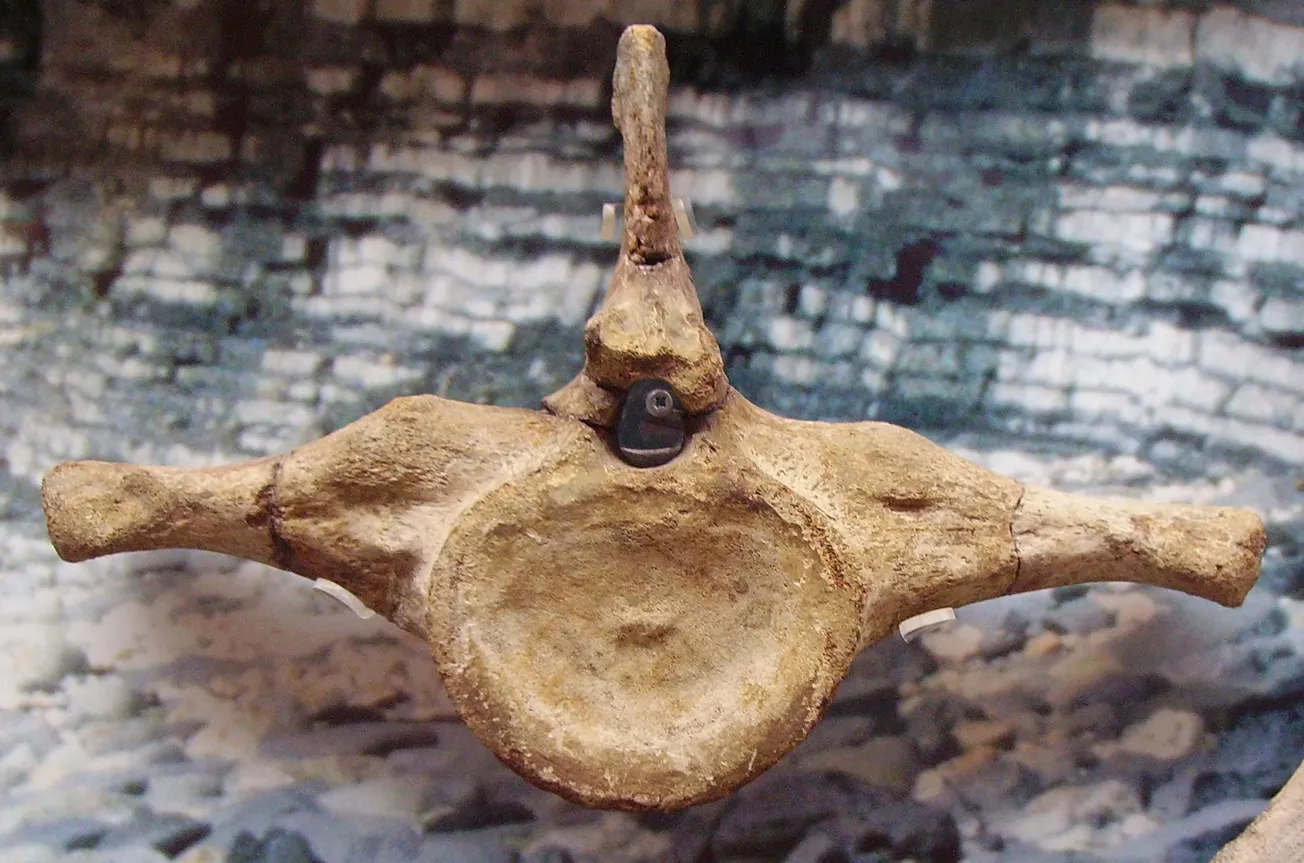Table of Contents
The systematic study of fossils truly began around the 17th century, while the term “paleontology” was only coined in 1822. But, just because they didn’t have a name for their study, or understand what they really were, doesn’t mean that humans weren’t aware of the existence of fossils for millennia. Ancient Greek writers described marine fossils, while mammoth skulls are thought by some to have supported legends of cyclopes. The Ancient Chinese described “dragon bones”.
A new archaeological find in Britain indicates that the Romans, too, occasionally found dinosaur fossils and prized them, probably as remarkable curios.
The find was made during excavations taking part during a new residential development in Cambridge.
Archaeologists working on Cambridge Investment Partnership’s (CIP) new developments, Aragon Close and Sackville Close, have unearthed some Roman remains and artefacts, ahead of work starting on the new homes […]
Overseen by RPS Consulting Services, the team discovered Roman remains preserved beneath the existing car parks and garages at Aragon Close and Sackville Close. The shallow footings of the garages have meant that the archaeological features have been well preserved and many of the finds are in excellent condition. The remains discovered consist of ditches and pits, a potential structure, and several Roman burials.
One of these ditches follows the line of Roman Akeman Street (which lies beneath the flats to the west of the site and is also known as Mere Way), which may form part of a roadside boundary. The dating evidence recovered suggests activity on the site dates from the mid-second to late fourth century AD.
Cambridge Investment Partnership
The excavation has yielded large quantities of pottery and grave goods, including a Roman face flagon, a type of vessel commonly associated with burials.
Another apparently prized possession was a fossilised plesiosaur vertebra.
The discovery of the prehistoric bone indicates Romans in the region may have taken a fancy to paleontology, according to an Aug. 15 news release from Cambridge Investment Partnership, a public-private housing organization.
“As archaeologists we are often asked by members of the public if we have found any dinosaur bones and on this occasion, we actually found one!” Andrew Greef, senior project manager at Oxford Archaeology, an organization which took part in the excavation, said in the release.
The vertebra is a palm-sized bone, which was found buried along with the Roman material.
“Dinosaur fossils are occasionally found in Cambridgeshire and as the Romans were known to be some of the first fossil hunters it is possible that this was a curated object,” according to the release.
Although the ancients wouldn’t have known precisely what these strange, stone bones were, they at least realised that they were something unique, requiring unique explanations.
Ancient Romans and Greeks regularly encountered the fossilized bones of extinct creatures, according to the book “The First Fossil Hunters” by Stanford University historian Adrienne Mayor.
The early Mediterranean people formulated “sophisticated” hypotheses about where the bones came from, often couching them in myths, according to the book. In fact, tales of cyclops, giants and other monsters likely sprung out of the discovery of ancient fossils.
Sun Herald
Once the bone and other artefacts are properly catalogued and preserved, they will be turned over to the local government.









